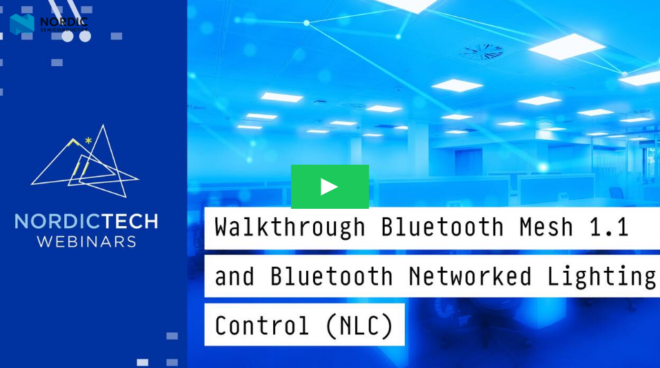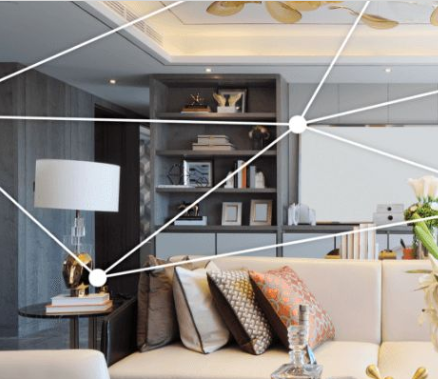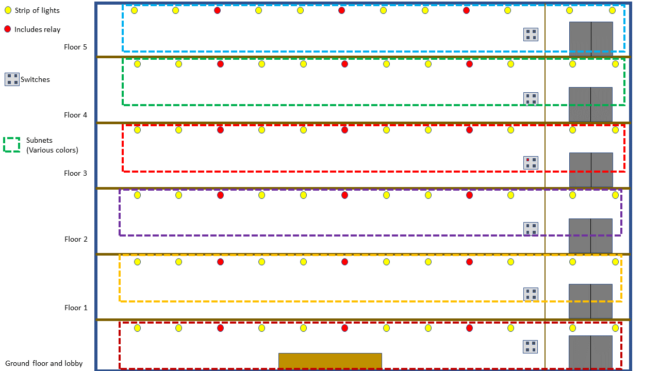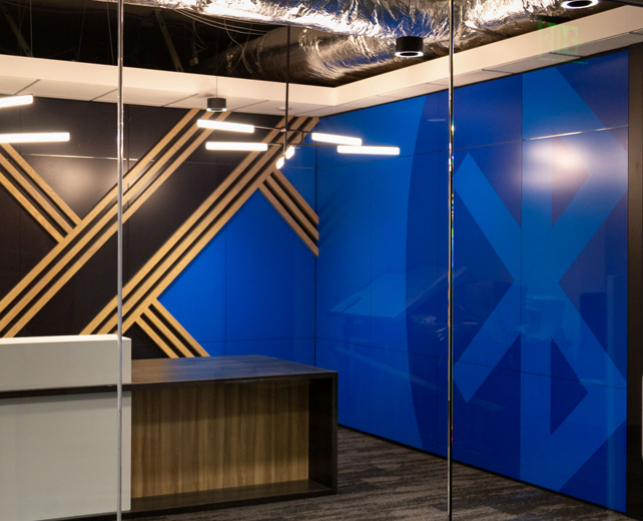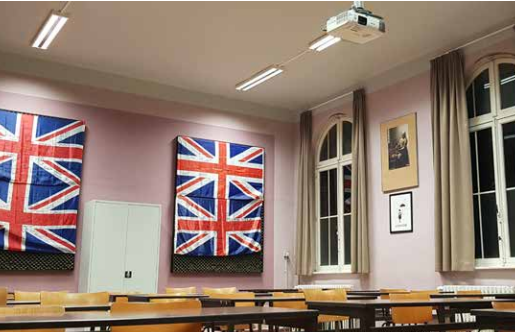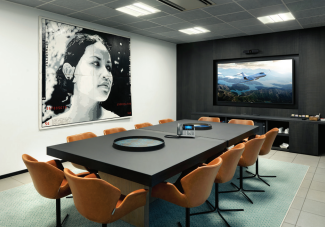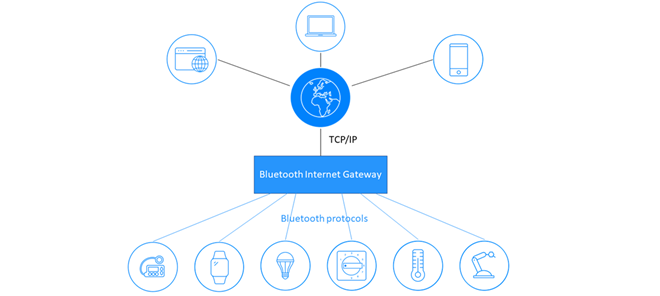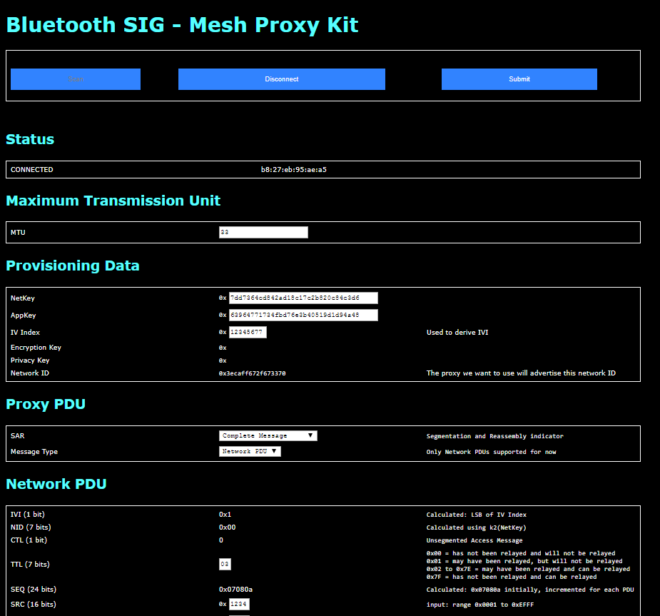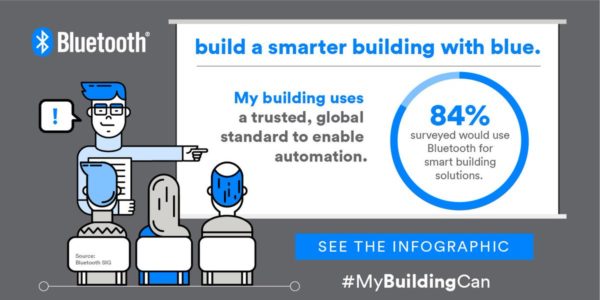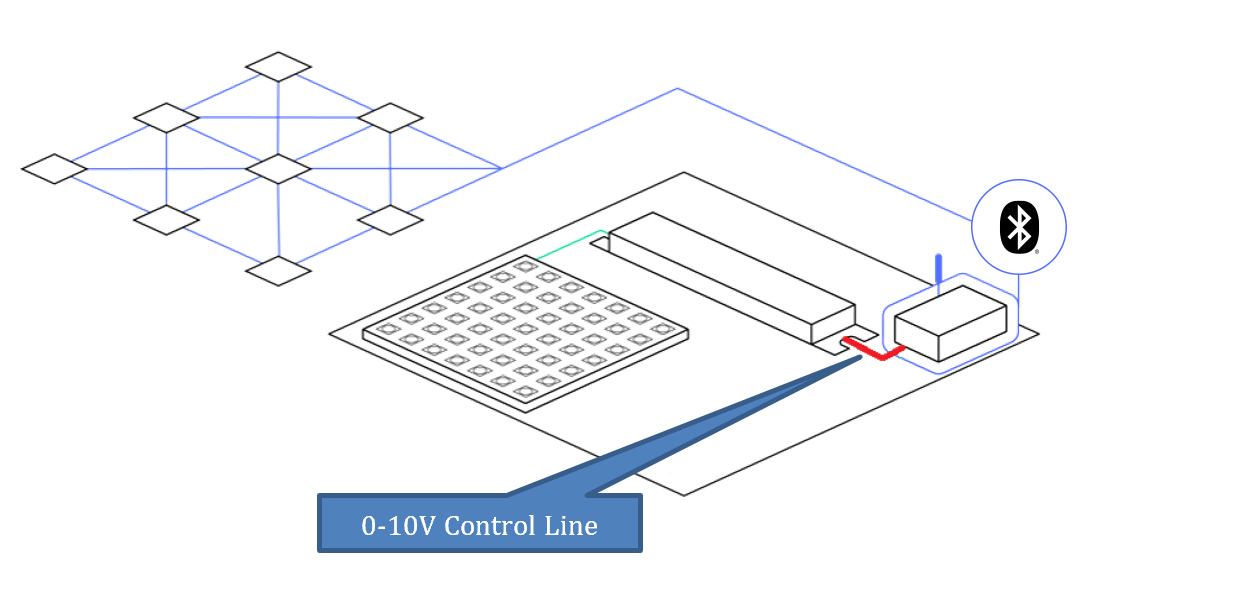
In my previous article on Bluetooth Mesh and DALI – the Perfect Match, we examined the history and benefits of a Bluetooth® Mesh and DALI partnership. Now, let’s take a closer look under the hood of the integration to see how Bluetooth Mesh and DALI connect.
To explain how Bluetooth Mesh connects to DALI, the brand owned by the Digital Illumination Interface Alliance, our starting point will be a luminaire, such as the troffer in your office ceiling, a linear suspended type, or any other type. Internally, despite different form factors, they are all very similar, consisting of a light source (LEDs) and a driver (provides power to LEDs). Very often, luminaires also have occupancy and light level sensors built in. Traditionally, the sensor was controlling the driver over an analog line (0-10V line). At 0V the driver was dimmed to off, at 10V it was at full power, and any voltage in the middle was (approximately) translating to the dim level – e.g., 4V was dimming the driver down to about 40 percent. This was in the analog world.
Lighting Goes Digital
With the arrival of Bluetooth® Mesh networking, the sensors have become mesh enabled. The sensor device, which typically included occupancy and ambient light level sensors, could now also include a microprocessor and a Bluetooth radio (often as an integrated SoC – System on Chip). And, instead of blindly controlling the driver, the sensor could start exchanging the information over the mesh network – publishing its own data and subscribing to other sensors. Strictly speaking, in a Bluetooth mesh network, a sensor cannot subscribe to another sensor as it has no means to deal with the received data.
This is where the most powerful weapon in the Bluetooth Mesh Model arsenal – the lighting controller (LC) – comes into play. The LC is a piece of software which is designed to run on the microprocessor (or the SoC) inside a sensor, transforming a dumb sensor into an intelligent sensor-equipped lighting controller.
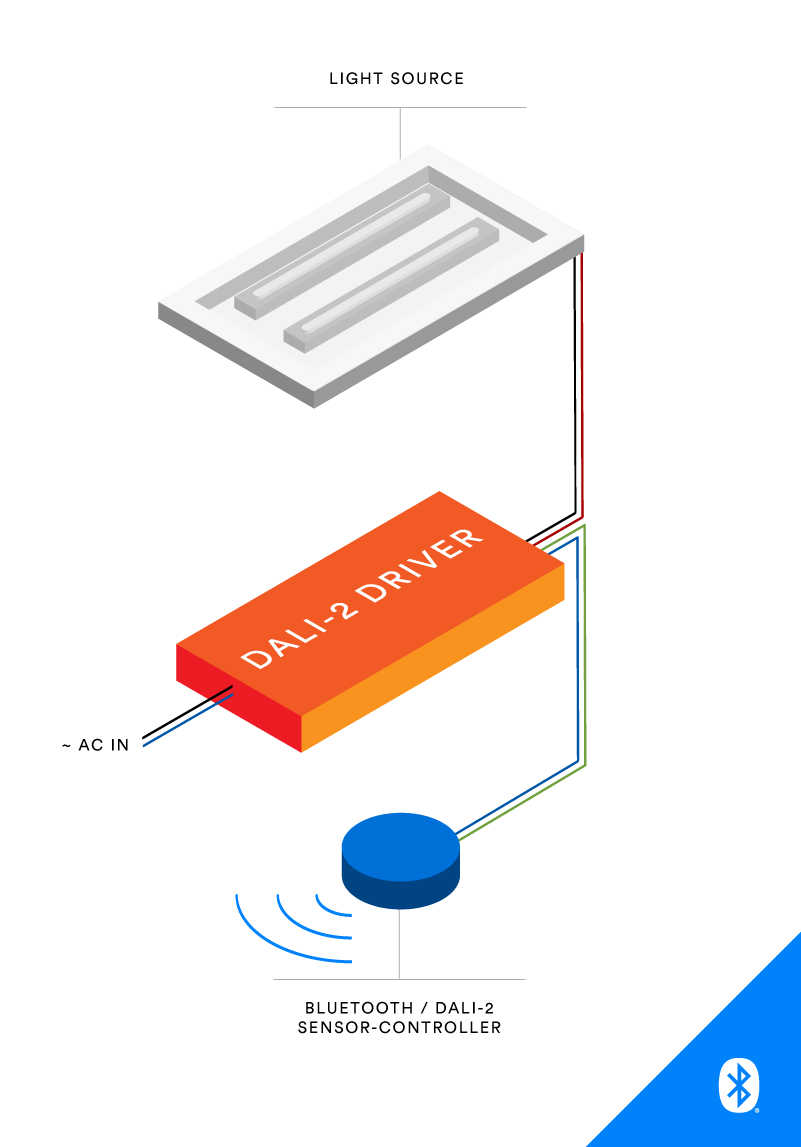
Thanks to miniaturization, the device still looks like a sensor but is way more powerful. It is able to drive complete lighting control strategies, such as occupancy, vacancy, or daylight harvesting. What is more, it behaves like a cell in an intelligent organism – coordinating the actions with neighboring lights to achieve fully synchronized action. All that without any central controller as is typical with previous generations of networked lighting systems. The legacy control box is gone – the distributed controllers embedded in luminaire sensors transform a network of luminaires into a collectively intelligent lighting system; a system with no single point of failure as each luminaire is fully autonomous yet perfectly synchronized with the others.
Digital DALI Bus
Now in the digital world, enabled by DALI, the 0-10V control line between the sensor controller and the driver is replaced by a digital bus. This bus is very simple – just two ordinary wires. First of all, this two-wire bus provides both communications and power, so the sensor does not need any external power source; we say it is powered by the DALI bus. Secondly, the communication over the DALI bus is digital, leaving no room for approximation. There is no longer an approximation of about 40 percent. It is precisely 40 percent (or any other dim level required). A comparable difference is like that between an analog vinyl record and a compact disc – precision. And thirdly, DALI supports not only control commands, but it also supports queries, which can report back some data – this was impossible in the analog world. Strictly speaking, the Bluetooth® Mesh device – with all its networking, sensing, and control functions – becomes (using the DALI terminology) an intra-luminaire application controller.
Modern DALI drivers (known as D4i drivers) collect a lot of data. Thanks to bi-directional digital communication over the DALI bus, all this data can be collected and made available to the Bluetooth network for further processing and analysis.
For a deeper dive into using Bluetooth® Mesh as the inter-luminaire system for lighting control and management, check out: Building a Sensor-Driven Lighting Control System Based on Bluetooth® Mesh.
![]()
FEATURED DOWNLOAD
Bluetooth Mesh Models – A Technical Overview
This detailed technical paper provides a guided tour of the Bluetooth Mesh models, taking an in-depth look at the building blocks critical to Bluetooth Mesh interoperability.

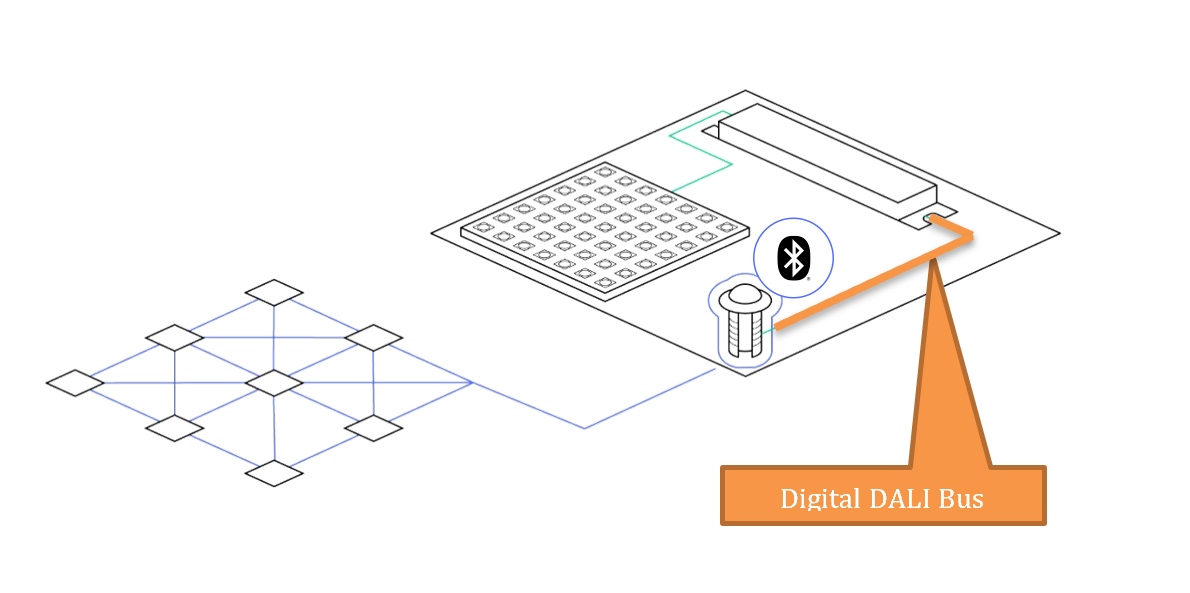

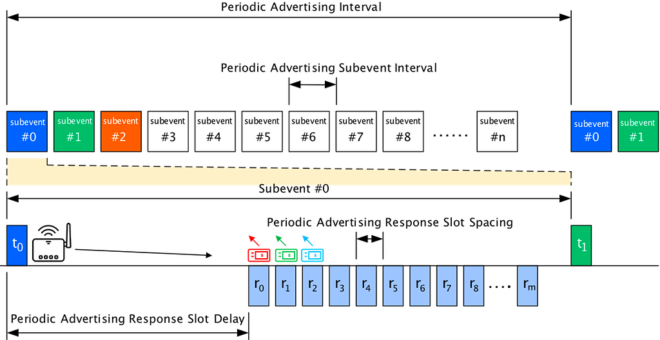


![shutterstock 1653733096[1]](https://www.bluetooth.com/wp-content/uploads/2024/03/shutterstock_16537330961-660x372.jpg)
![Periodic Advertising with Responses[1]](https://www.bluetooth.com/wp-content/uploads/2024/02/Periodic-Advertising-with-Responses1-660x345.png)



